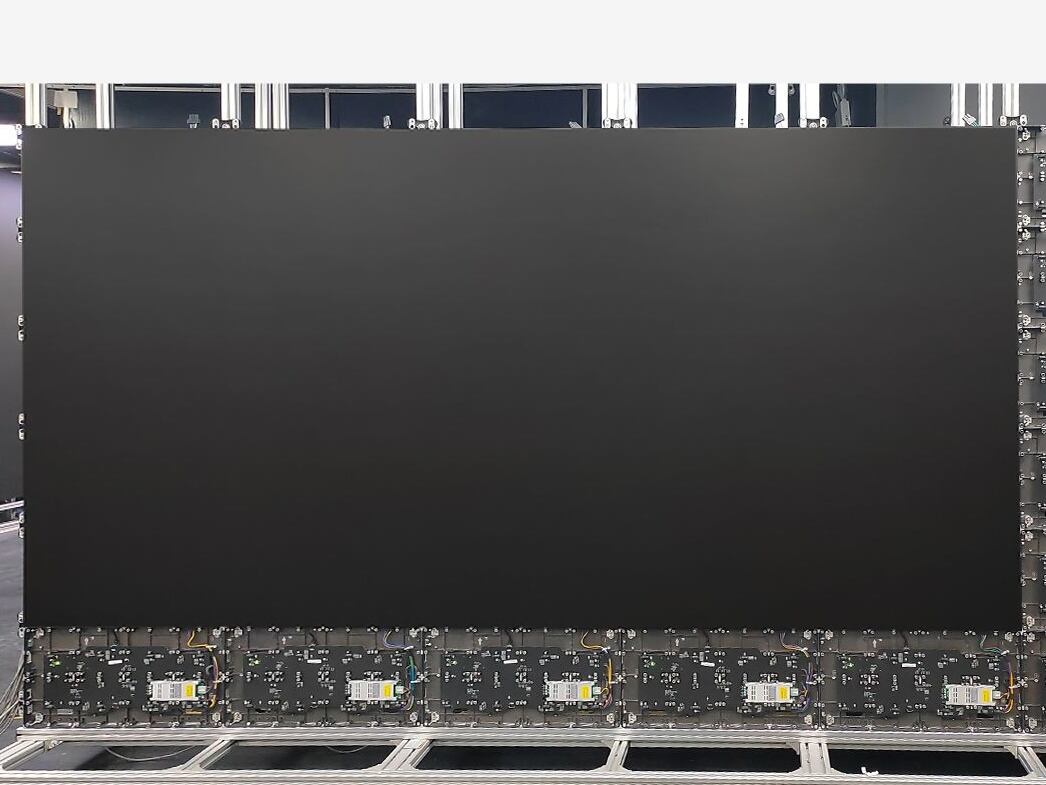(Tools: multimeter, soldering iron, blade, screwdriver, tweezers, control card, ribbon cable, switching power supply, etc.)
When judging a problem, it is necessary to handle it in a primary and secondary way, dealing with the obvious and serious ones first and the minor ones later. Short circuit should be of the highest priority.
1.Observation method: The observation method refers to observing with the naked eye. Sometimes, a circuit break can be identified just by the eyes. For instance, a PCB circuit may break due to scratches, and sometimes an electric drill may accidentally break it.
2.The comparison method is very important and crucial. Sometimes we can't tell with the naked eye whether an IC is burned out or not, and we can replace it with a good one. Sometimes we can't remember if the signal was originally connected, and we can measure the corresponding position with a good unit board! The comparison method is very crucial.
3.The elimination method: Sometimes a fault has many causes. We can deal with them one by one. If you don't remember, you can refer to the previous common fault handling methods and eliminate them one by one.
4. The theoretical method requires familiarity with the functions and pin definitions of the ics on the unit board, as well as an understanding of the roles of various signals on the LED display screen. Then, based on the phenomena when the unit board is lit up, the direction of maintenance can be accurately or roughly determined. Combined with other methods, the purpose of solving the problem can be achieved.
5. The resistance detection method involves setting a multimeter to the resistance range, measuring the resistance value from a certain point on a normal circuit board to ground, and then testing the same point on another identical circuit board to see if there is a difference from the normal resistance value. If there is a difference, the range of the problem has been determined.
6. Voltage detection method: Set the multimeter to the voltage range, detect the voltage to ground at a certain point of the suspected faulty circuit, and compare whether it is similar to the normal value. Otherwise, the range of the problem is determined.


 Hot News
Hot News